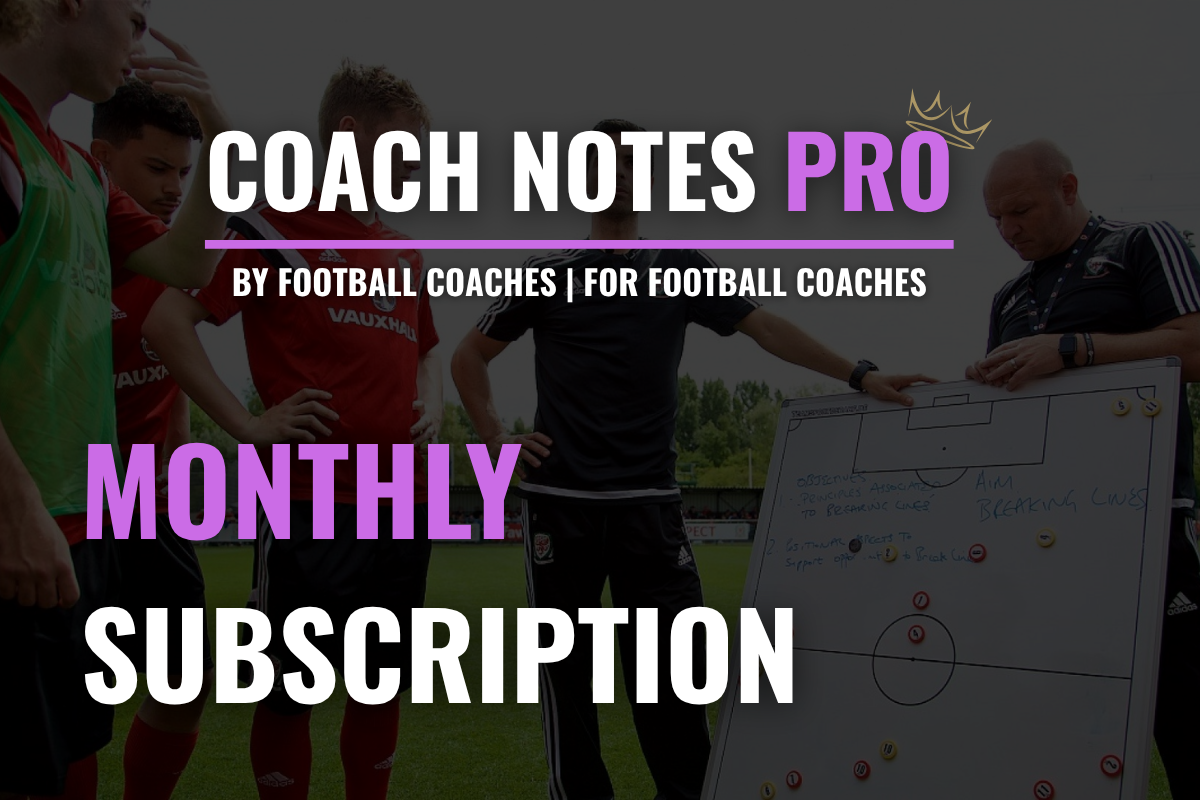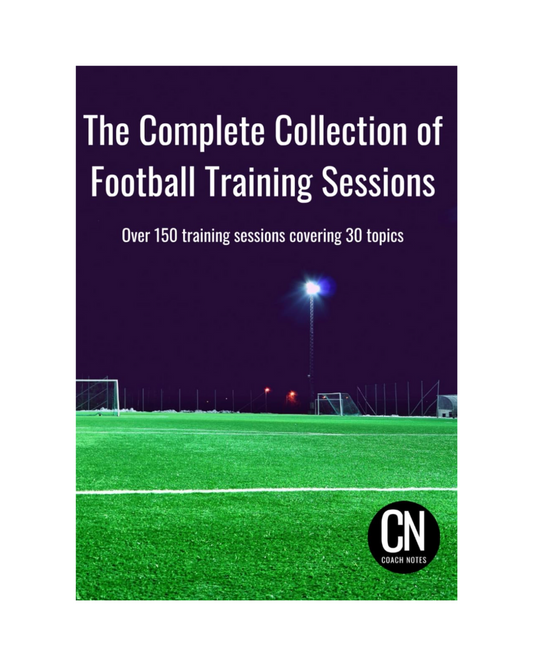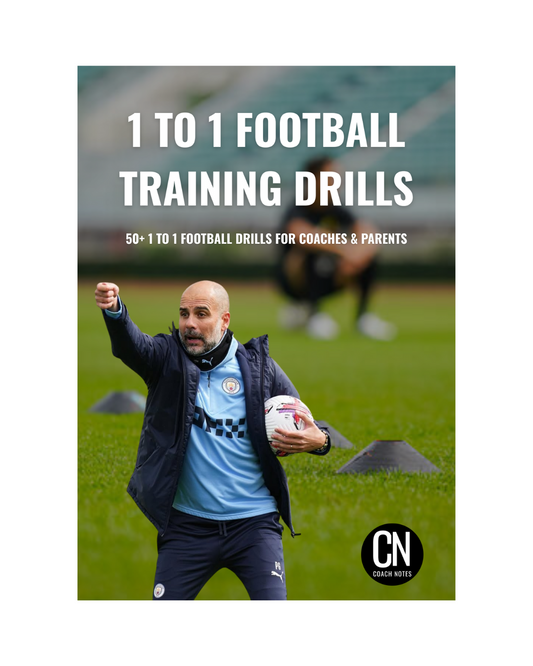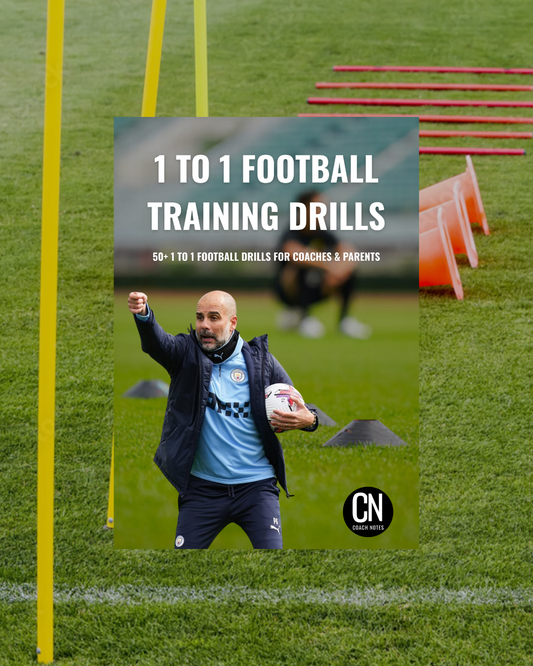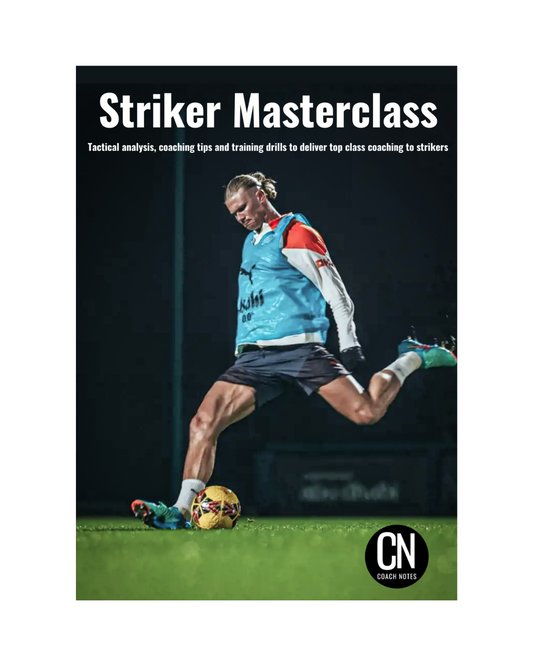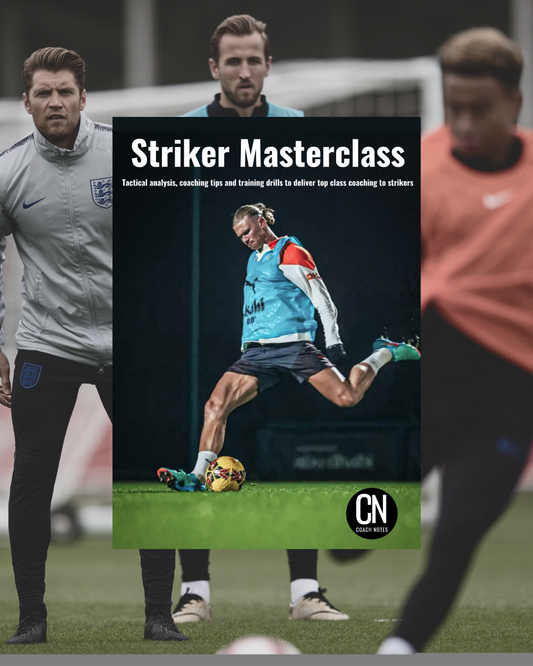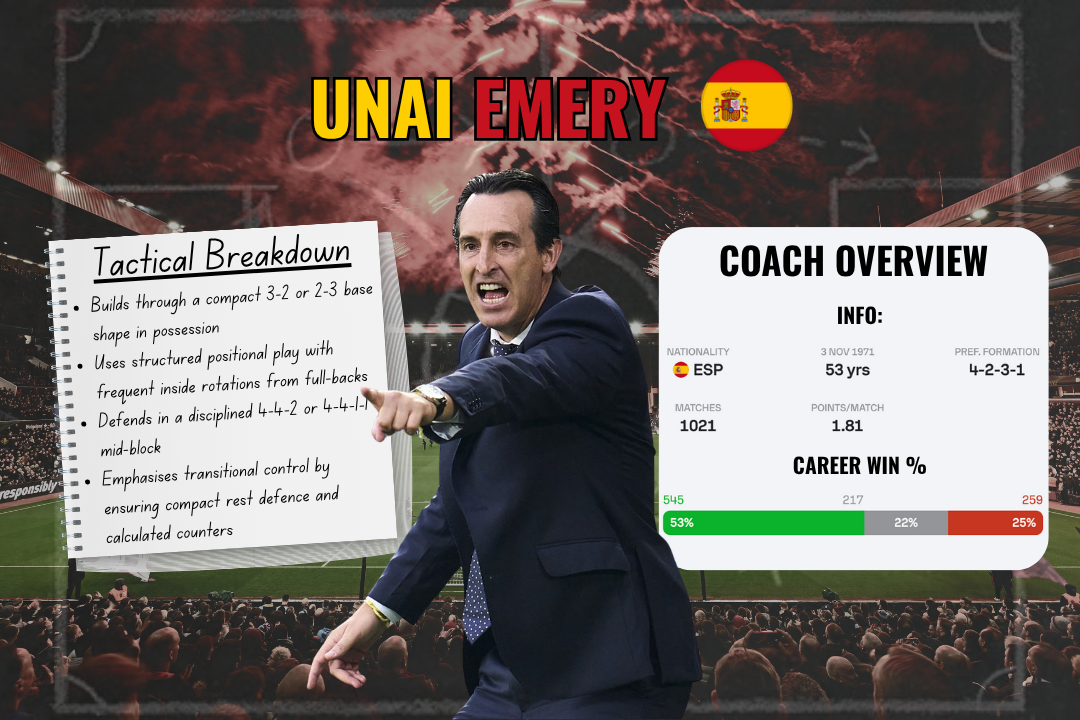
Unai Emery
Share
👤 Coach Bio
Unai Emery is one of the most tactically respected coaches in European football, renowned for his adaptability, preparation, and deep game understanding. Born in Spain, Emery’s coaching journey began with Lorca and Almería before rising to prominence with Valencia, where he consistently overachieved in La Liga.
He achieved continental success at Sevilla, winning three consecutive UEFA Europa League titles. Subsequent spells at Paris Saint-Germain and Arsenal showcased his tactical complexity and adaptability to different squad profiles and competitive demands. Since taking charge of Aston Villa in November 2022, Emery has revitalised the club, transforming them into a tactically disciplined and consistently competitive Premier League side.
⚽️ Playing Philosophy
Emery’s philosophy is rooted in balance and control. His teams aim to dominate space rather than purely possession, with an emphasis on compact team structure, intelligent positional play, and well-timed transitions. He focuses on structured attacking patterns, coordinated defensive behaviour, and ensuring that players understand when and how to exploit space both with and without the ball.
His model of play prioritises:
- Positional discipline over free expression
- Patient build-up with intent to progress vertically
- Strategic pressing and block management
- Effective use of wide areas and rest defence
Emery is meticulous in his planning, often tailoring his system to expose the specific weaknesses of each opponent, while ensuring his own team maintains structural integrity.
🧩 Style of Play
In Possession
Emery’s Aston Villa typically build using a 3-2 structure, often formed by a centre-back shifting wide and a full-back inverting, or by dropping a central midfielder into the defensive line. This creates a solid base for progressing through pressure and preparing rest defence.
- Build-Up Play: Goalkeepers and defenders are comfortable playing short to attract pressure, before switching or progressing through vertical passing lanes. The build-up often involves structured rotations between full-backs, pivots and inside forwards to draw opponents out.
- In-Shape: In attacking phases, Villa often resemble a 2-3-5 or 3-2-5, with high and wide wingers, overlapping or underlapping full-backs, and two midfielders managing central control and second ball zones.
- Progression: Wide overloads are used to pull the opposition across, before switching the point of attack or exploiting central gaps with third-man movements.
The tempo is patient but purposeful, aiming to unbalance the opponent and arrive in the final third with support and numbers.
Out of Possession
Villa typically defend in a 4-4-2 or 4-4-1-1 mid-block, designed to reduce central space and force the opposition wide.
- Shape: The defensive unit is compact and horizontally narrow. The wingers drop alongside the midfield line to create two banks of four.
- Pressing Triggers: Emery’s teams press selectively, with triggers often linked to poor touches, backwards passes or wide isolations. Pressing is coordinated, not relentless.
- Zonal Control: Emery’s block often sits just inside the opponent’s half, aiming to intercept rather than confront. When required, the team can drop into a low block without sacrificing discipline.
His teams defend with a focus on shape integrity, ensuring minimal gaps between lines and lateral distances.
Transitional Moments
One of Emery’s biggest strengths lies in his control of transitional phases.
- Defensive Transitions: Upon losing the ball, his teams counter-press with purpose in local zones while the deeper players retain a disciplined shape. If the initial press is broken, the team quickly regroups into their out-of-possession structure.
- Attacking Transitions: Transitions are calculated, not rushed. Villa frequently regain and recycle first to create stability before launching a controlled counter. When they do counter quickly, they commit runners into wide channels and use diagonal passes to exploit space behind defensive lines.
This method ensures transitions are not chaotic but well-supported and strategically executed.
🧠 How to Coach Like Unai Emery
Emery’s coaching methods are marked by detail, repetition and clarity. His sessions are driven by scenario-based learning and tactical patterning.
- Tactical Repetition: Emery designs training drills that reflect specific match situations, often using shadow play and walkthroughs to embed habits.
- Small-Sided Tactical Games: He uses constrained games to isolate phases of play, particularly for pressing cues, defensive shape, and overload management.
- Video & Match Prep: Detailed opposition analysis is a cornerstone of Emery’s work. He frequently uses video to highlight positioning, movement patterns, and opponent weaknesses.
- Team Talks & Communication: Emery is known for his instructional clarity. He communicates tactical roles with specific language and uses individualised plans to ensure players understand their matchday objectives.
His coaching balances collective organisation with individual clarity – each player understands not just their role, but how it interlinks with the unit.
👥 Player Profiles
Emery targets players who are tactically intelligent and technically secure under pressure. Rather than prioritising flair or pace alone, he seeks players who can follow instructions and make smart decisions within a structured game model.
- Goalkeepers: Must be comfortable receiving under pressure and playing short passes into midfield or wide zones.
- Centre-Backs: Ball-playing defenders with composure, strong positional sense, and the ability to step into midfield when required.
- Full-Backs: Versatile players who can invert or overlap, depending on structure. Tactical awareness is key.
- Midfielders: Disciplined, positionally aware and comfortable linking play. Pivots must protect the defence and initiate build-up.
- Wide Players: Willing runners, capable of tracking back and contributing to wide overloads. Must balance attacking intent with defensive responsibility.
- Forwards: Technically clean, able to link with midfield and operate in tight spaces. Pressing intelligence and positioning are valued more than explosive pace.
His ideal squad is one that blends technical consistency with structural discipline.
🔑 Key Takeaways for Coaches
- Train possession patterns with structural clarity – use fixed shapes like 3-2 or 2-3 in build-up to ensure balance and progression routes.
- Develop a zonal mid-block – focus on shape integrity and pressing cues rather than all-out aggression.
- Control transitions through rest defence – always maintain central protection behind the ball to absorb counters.
- Use scenario-based training – recreate match-specific situations in training to build habit and anticipation.
- Prioritise tactical intelligence in recruitment – build a squad that can execute specific roles within a collective model.

